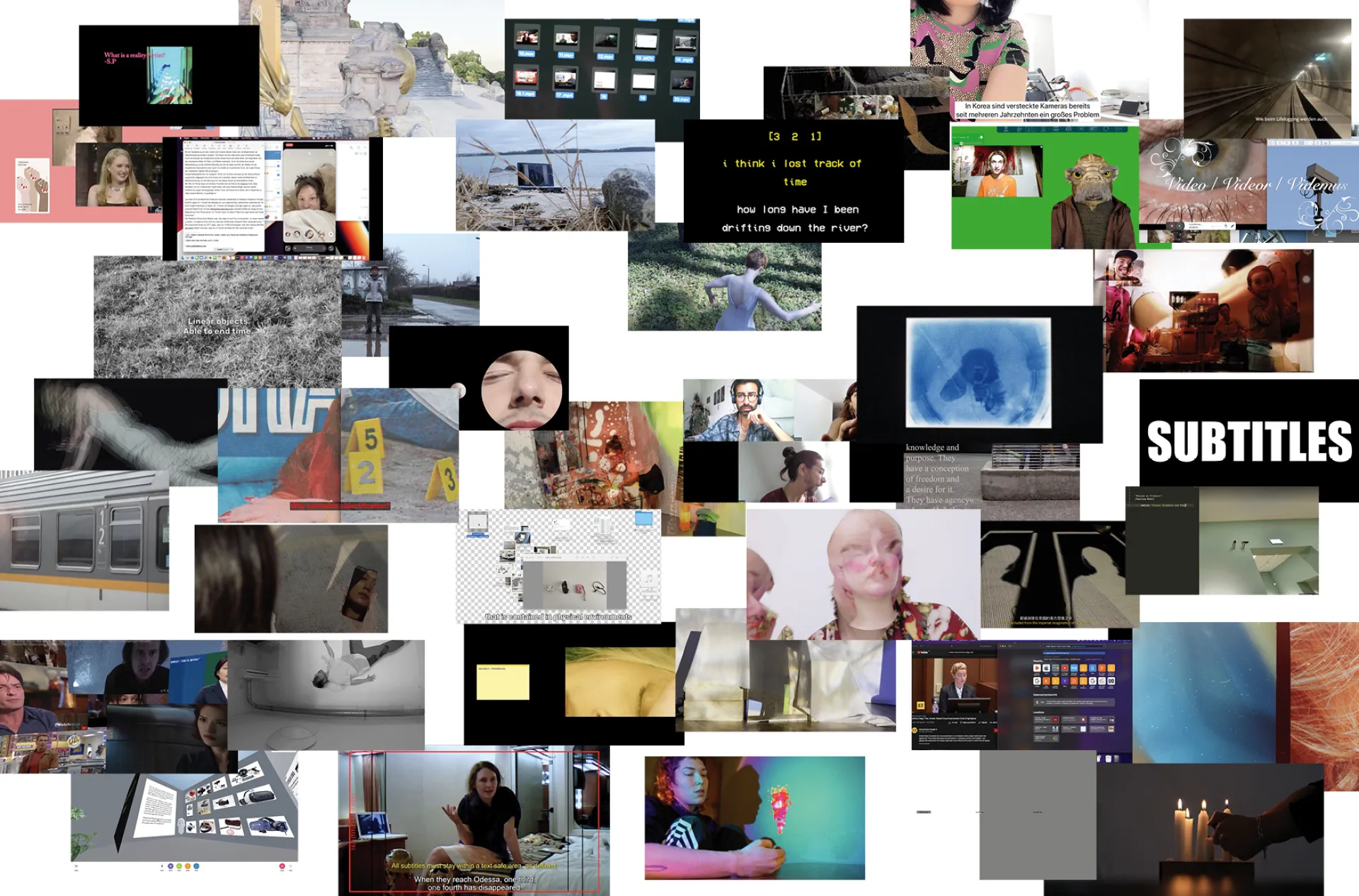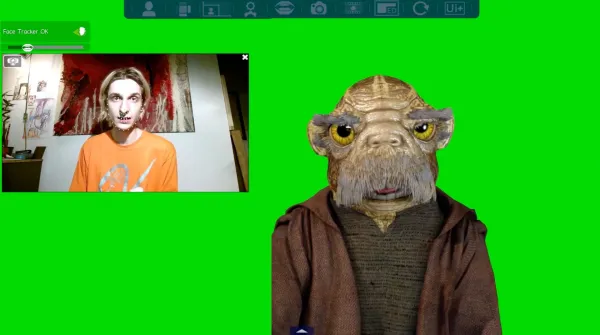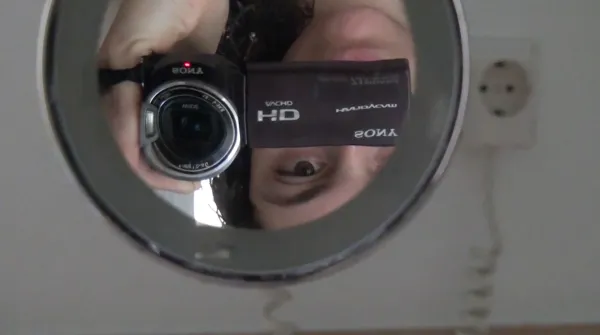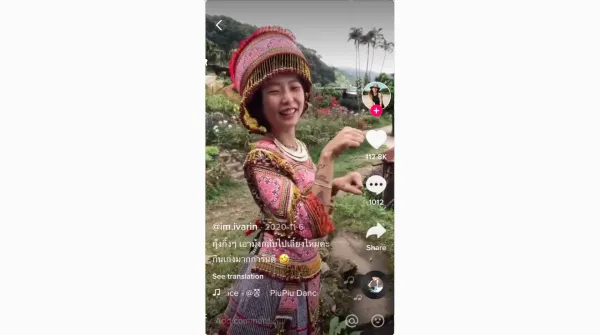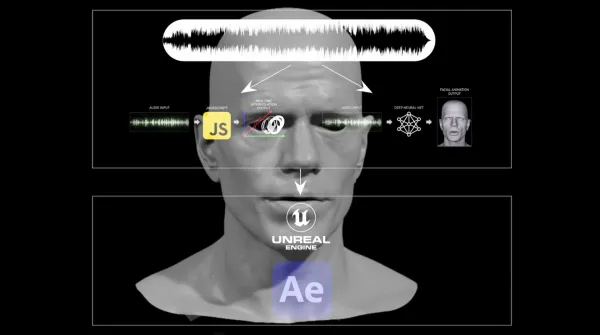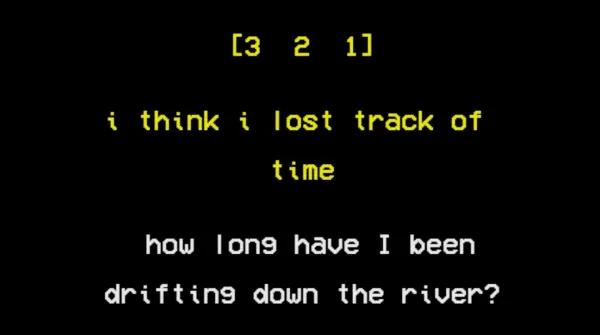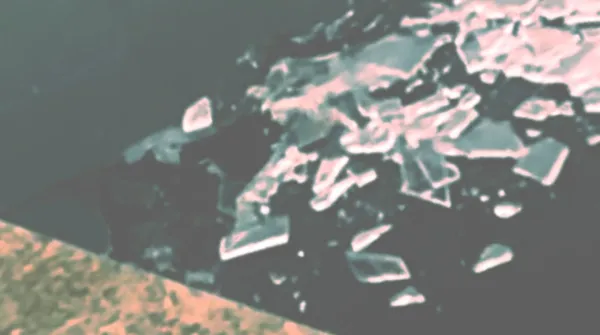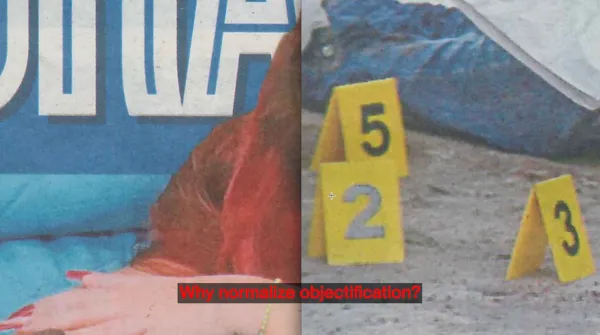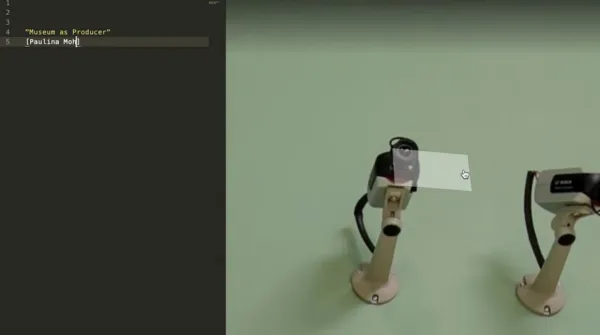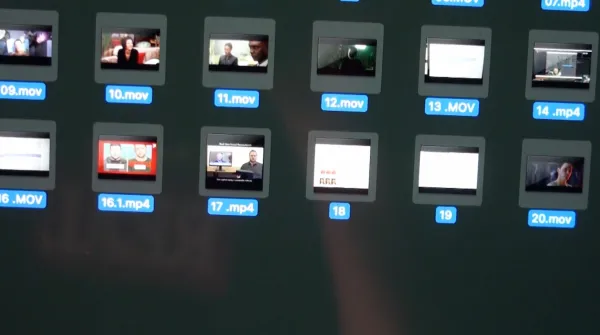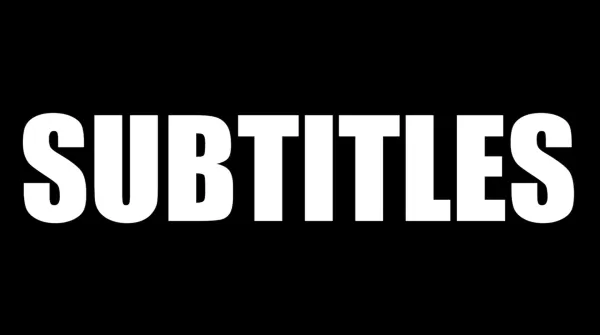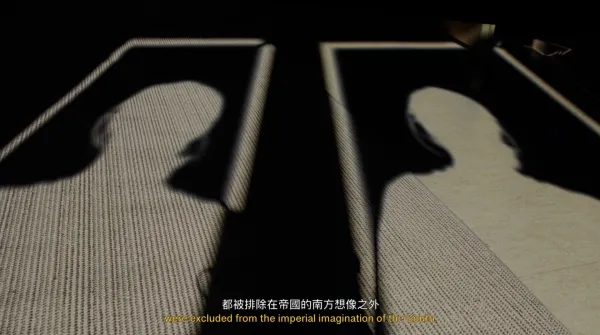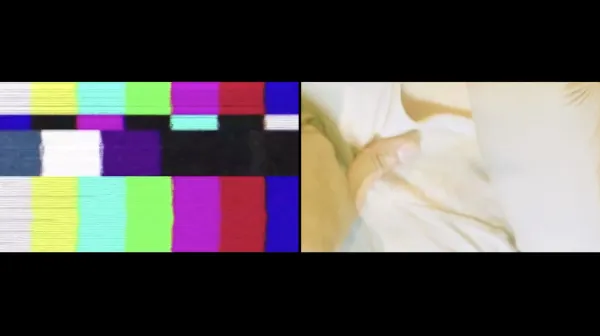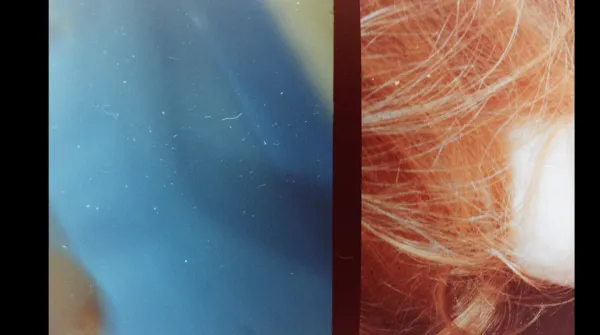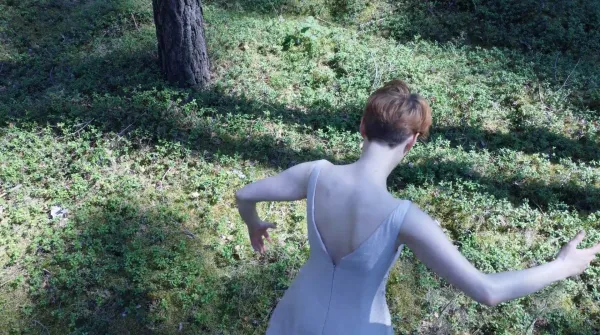From the winter semester 2020/21 to the summer semester 2025, Juliane Jaschnow and Dieter Daniels have developed a new format in the theory department at the HGB: so-called "TheorieVideos", which translate independent, theory-based content into an audiovisual medium.
The form of the "theory videos" depends on the respective content and is developed independently by the students. They are both producers and recipients who not only consume video content, but also use the medium actively and in a media-reflective way. The interplay of form and content distinguishes the "TheorieVideos" from the "classic" theoretical performance of an oral or written presentation. A shared workspace on the academy cloud can be described as a "digital studio", a collaborative extension of conventional, solitary work on theory texts. This format, which initially emerged during online teaching in times of the pandemic, has also proven its worth in hybrid face-to-face teaching. Tailored to the specific potential of students at an art academy, it gives them the opportunity to expand their creative or artistic skills to theoretical subject areas.
The seminar "video videor videmus" is dedicated to three ways of seeing through the medium of video:
- Video = I see (myself)
The self-image on the screen: from the closed-circuit video installation and video performance
- Videor = being seen (by others)
Coming into view, being monitored: from the visualization of visual power structures
- Videmus = we see (ourselves)
Here, among other things, for current reasons: the video conference, the video dialog. What kind of community is created in live video, what mechanisms of exclusion take effect, what potential for egalitarian communication and cooperative participation can be developed?
We focus our gaze, in hearing we grasp the entire space; we can close our eyes, our ears always remain open. Just as in our senses, there is also a complex relationship between images and sounds on an artistic level.
Since the 19th century, audiovisual media have created a whole repertoire of interferences between the auditory and the visual in analogy to our perception. Since the middle of the 20th century, electronic and digital technology has allowed the modulation and interpolation of audio and video signals into a new audiovisual construct.
The seminar "audio:visual" examines the different forms of these relations: the syntheses and competitions between the levels of image and sound - both within a single audiovisual work and in the interplay of different genres or in the collaboration of artists.
The seminar "Visual Evidence and Power Structures" examines the medium of video as a dispositive of power structures in the context of different forms of visual evidence.
- In surveillance and control, the gaze is directed at others, especially at others who themselves do not see that they are being observed.
- In social media and private webcams, the self-image is shown to others and is simultaneously determined or conditioned by the structures of the medium.
- As a result of witnessing, the recordings of private individuals are becoming increasingly important for public image politics and the media economy.
- Video forensics is developing complex investigative procedures to uncover and secure visual evidence.
- In deepfake videos, on the other hand, AI is used to simulate counterfactual evidence.
In the various contexts, private, public, technical and political factors combine and overlap. Different modalities of visual evidence are generated, asserted or deconstructed.
The seminar "Visual concepts of time" examines media-theoretical and artistic concepts of time and their interdisciplinary intersections. Changing cultural and digital practices are creating blurs and hybrids between the previously clearly separated areas of still and moving images. In addition to the media-technical questions, a new grammar of artistic production comes into play: "A language written, but not yet spoken" - as the artist David Claerbout put it. This type of artistic work corresponds to an equally undefined attitude of reception, which oscillates between lingering and momentary.
The seminar is structured around three thematic areas:
- Techniques of the production of time structures
- Modes of reception of time structures
- Theories of time concepts
Various concepts of identity are currently at the center of social, political and aesthetic discourses. In the seminar "Visual Identities. Poetics of multiplicity" will examine the identity-forming significance of visual media. The focus is on artistic approaches with time-based visual media (photo / film / video and performance). In a multi-perspective approach, the following topics, among others, will be addressed:
- Visual self-image in the mirror of media (e.g. selfie, face recognition, social media likes, closed circuit video)
- Factors for visual group identity (e.g. amateur films, family photos, class photos, messenger groups, social media "bubbles")
- View of the "other" and the "own" (e.g. ethnological films, indigenous video practices, community & participatory video, racial profiling)
The current debates on identity politics and postcolonial studies form a methodological background, even if they cannot be dealt with comprehensively. Édouard Glissant's concept of a relational, hybrid identity is juxtaposed with tendencies towards a nationalist "identitarian" ideology.
The seminar opens up an intercultural perspective on music and games in Europe and East Asia, focusing on both digital (computer and console) and analog (board and card) games. In addition to a historical introduction, specific roles of music in analog and digital games are examined and the associated fan cultures are considered. Games and their music will be examined as cultural artifacts and their significance for the understanding of historical and contemporary cultures.
The seminar is a cooperation project between the Institute for Theory of HGB (Prof. Dr. Dieter Daniels and Juliane Jaschnow), the Institute for Musicology at the Leipzig University of Music and Theatre (Prof. Christoph Hust) and the Graduate School of Core Ethics and Frontier Sciences at Ritsumeikan University Kyoto (Prof. Dr. Martin Roth).
The "TheorieVideos" project was funded by the Saxony Education Portal as part of a "Tandem Fellowship".

